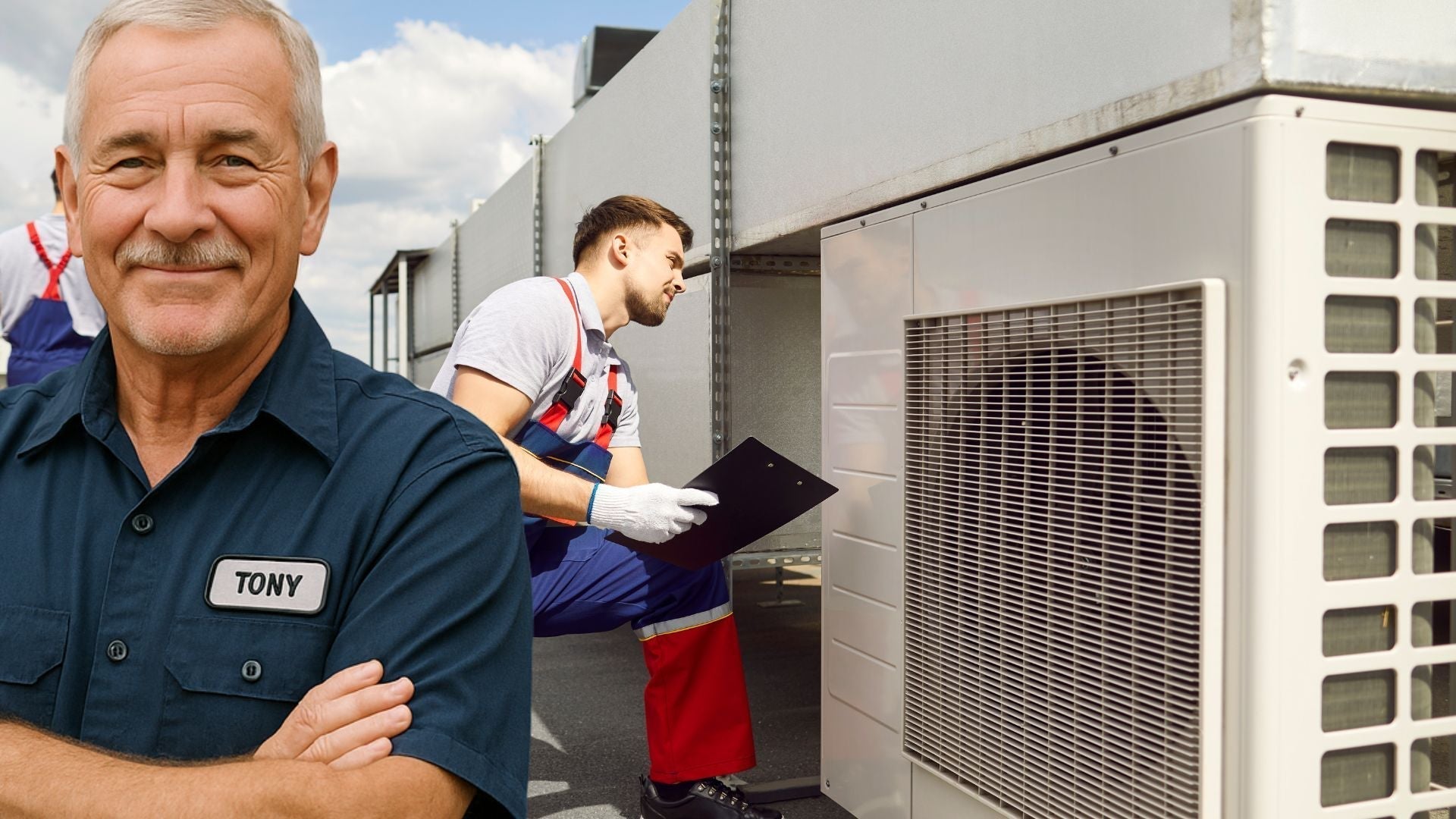You wouldn’t drive your car 50,000 miles without an oil change, right? Well, your PTAC unit works the same way—it needs routine care to stay reliable.
I’m Tony the Trusted Tech, and if I had a dollar for every service call caused by clogged filters, dirty coils, or overflowing drain pans, I’d be answering this from a beach in Florida.
Let’s break down a simple PTAC maintenance checklist to keep your unit running clean and efficient—whether it’s your first season or year five.
Why PTAC Maintenance Matters
Skipping PTAC maintenance might not seem like a big deal… until:
-
The unit stops cooling
-
Water leaks onto the floor
-
The fan sounds like a freight train
-
Your electric bill doubles
Regular upkeep helps:
✅ Improve energy efficiency
✅ Extend system life
✅ Reduce allergens and indoor air quality issues
✅ Prevent emergency repairs
That’s why manufacturers like Amana recommend monthly cleaning during peak use.
👉 Check out the Energy Star PTAC maintenance guide for additional best practices.
Step 1: Clean or Replace the Filter
Every PTAC unit—like the Amana Distinctions 12,000 BTU PTAC with 3.5kW electric heat—has a washable nylon mesh air filter behind the front cover.
To clean it:
-
Turn off the unit.
-
Pop off the front grille (no tools needed).
-
Slide out the filter(s).
-
Vacuum or rinse with warm water.
-
Let it fully dry before reinstalling.
🛠 Pro Tip: Clean filters once a month. Replace them if they’re torn or permanently stained.
Clogged filters choke airflow and strain the compressor, leading to breakdowns and poor cooling performance.
👉 Learn how filter maintenance impacts HVAC health with this guide from ACHR News.
Step 2: Clean the Indoor and Outdoor Coils
Your PTAC has two coil sections:
-
Evaporator coil (indoor) — where warm room air is cooled
-
Condenser coil (outdoor) — where hot refrigerant dumps heat
Dirty coils = lost efficiency. I’ve seen cooling capacity drop 30% from dust and grime buildup.
To clean them:
-
Power off the unit.
-
Remove the unit from the sleeve (have someone help—it’s heavy).
-
Use a soft brush or coil comb to remove dust.
-
Spray a no-rinse coil cleaner on both coils (indoor and outdoor).
-
Let it sit and wipe away buildup gently.
Never use a pressure washer—it bends fins and ruins airflow.
👉 Coil cleaning tips from Contracting Business are worth bookmarking.
Step 3: Clear the Condensate Drain Pan
The drain pan sits at the bottom of the PTAC and catches the moisture your unit pulls from the air. If it backs up or grows mold? That’s when you get bad smells and leaks on the floor.
Here’s how to clean it:
-
Remove the PTAC chassis from the sleeve.
-
Inspect the bottom pan for standing water or mold.
-
Flush it with warm, soapy water.
-
Use a wet/dry vac to clear clogs from the drain port (if accessible).
-
Optional: Add a pan treatment tablet to prevent algae growth.
If your PTAC leaks often, chances are the drain slope is off, or the weep holes are clogged.
👉 Here’s a helpful HVAC School tutorial on drain maintenance if you want to dive deeper.
Bonus Tips: What Else to Check?
-
Sleeve and exterior grille: Clean debris and insects. Airflow obstruction can cause overheat trips.
-
Control board area: Use compressed air to remove dust (carefully).
-
Check the power cord and plug: Look for heat damage, especially on 30A units.
How Often Should You Service a PTAC?
| Task | Frequency |
|---|---|
| Clean filter | Monthly |
| Clean coils | Every 6 months |
| Check drain pan | Every 6 months |
| Full unit inspection | Annually |
If you’re running your unit in a hotel, multifamily, or senior care setting, stick to the schedule like clockwork. That’s where I see the most wear and tear.
Tony’s Final Word
Maintenance isn’t optional—it’s what separates a PTAC that lasts 10 years from one that flames out in three. You don’t need to be an HVAC tech to do this stuff. Just be consistent and gentle with the components.
If it’s been a while since you checked your unit, start with the basics. A clean filter and clear drain go a long way.
And if you’re not sure which coil cleaner or filter size you need, give us a shout at The Furnace Outlet—we’ll help you pick what works for your PTAC model.
Next up in the series: “What is a Heat Kit in a PTAC Unit? Amps, Kilowatts, and Code Explained”







